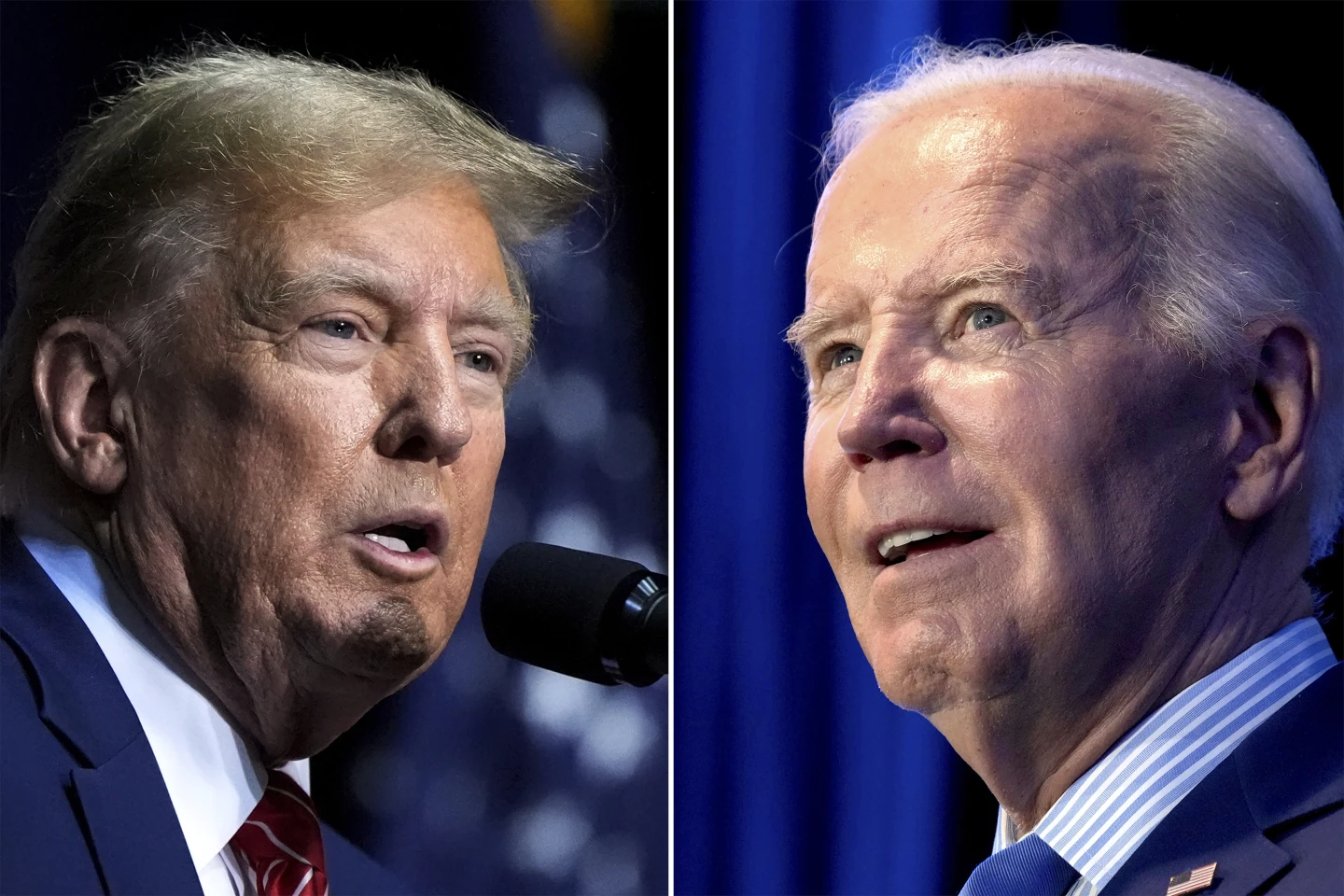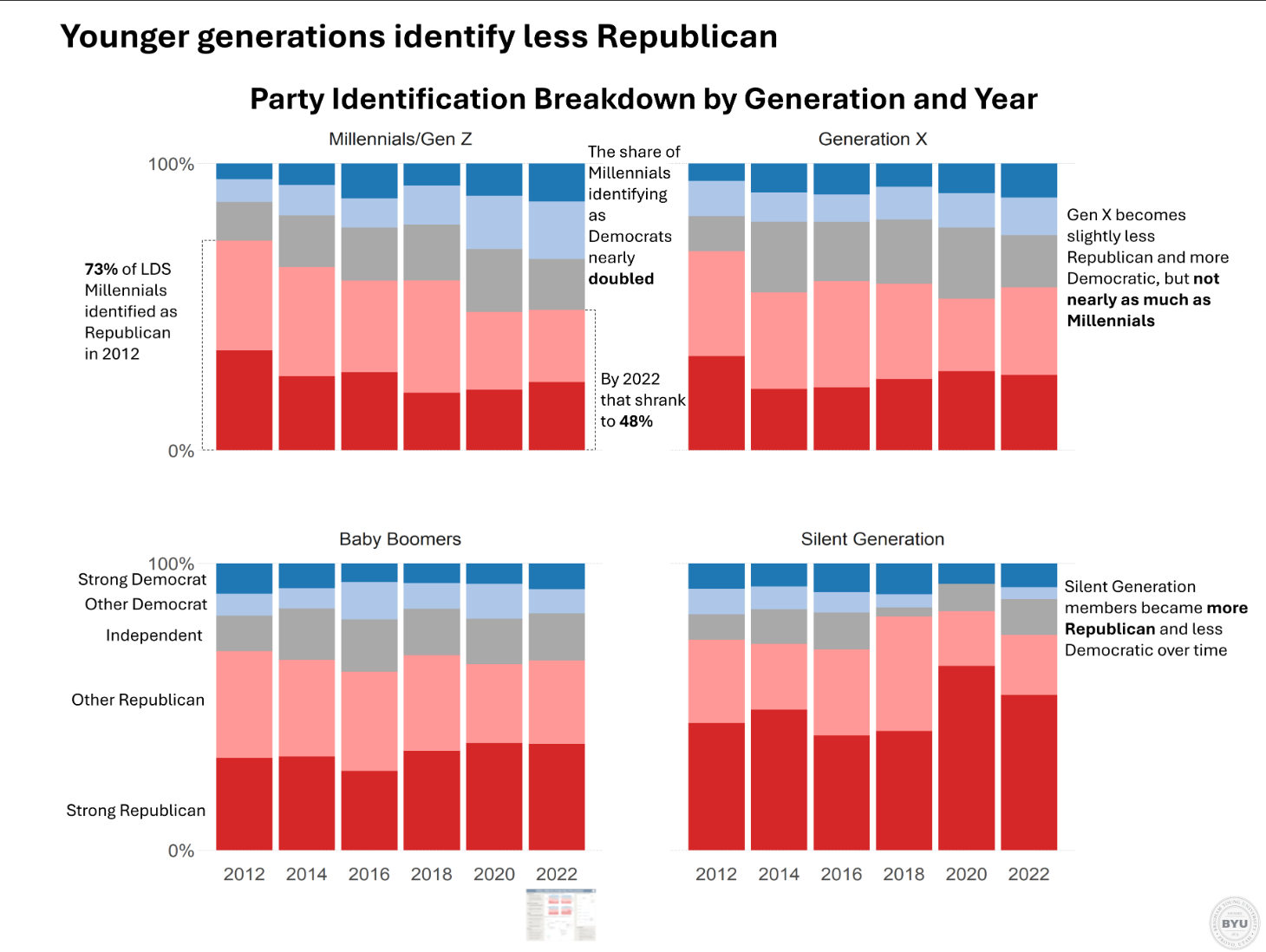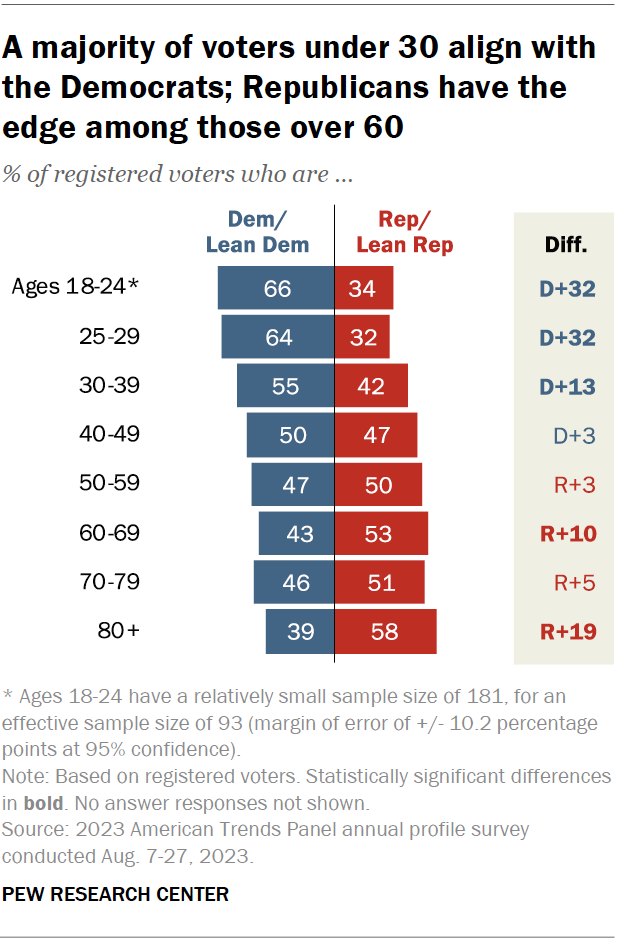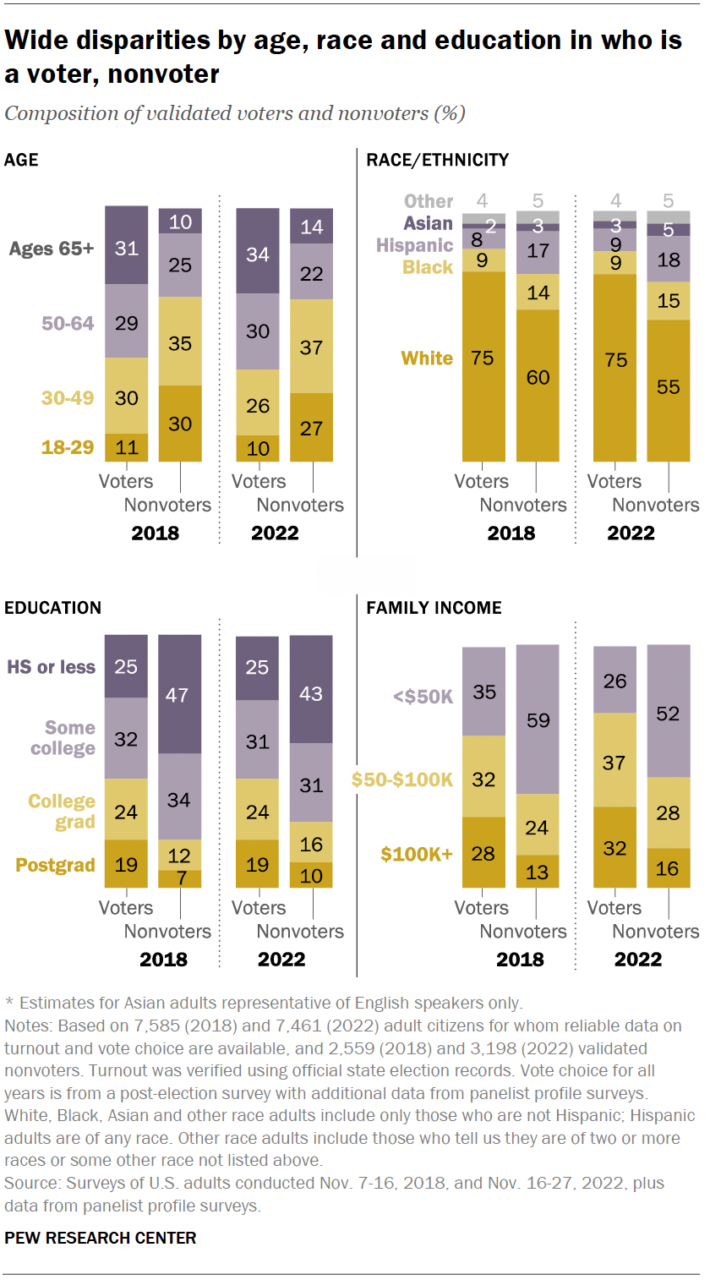
With the 2024 general election rapidly approaching, students and professors shared their feelings about the current political climate on college campuses.
For some students, a second round of the Trump-Biden matchup from 2020 has reportedly brought polarization, dissatisfaction and even potential party realignment.
“I think that a lot of students would agree that they don’t think either candidate is who they would prefer. I feel like everyone is picking what they think will be the lesser of two evils,” Natalia Jaramillo, a second-year BYU student studying biodiversity and conservation biology, said.
Adam Hubbs, a BYU senior studying political science, agreed with Jaramillo.
“I’ve talked to a couple of people that have said they’d switch who they vote for — mainly to third parties — but a lot of people are just fed up with the options,” Hubbs said. “They didn’t want a redo of 2020, and they’re frustrated, and they haven’t really decided who they’re gonna vote for or if they’re gonna vote. They’re just in this denial phase right now.”
Along with dissatisfaction, BYU political science professor Adam Dynes noted students are living in a time of heightened divisiveness and sensitivity.
“I am sometimes worried about how much I am offending everybody in their political stances, and there are things I could say in a lecture that could easily be offensive to both the left and the right,” Dynes said.
Hubbs stated that he believes this polarization is different for the student age group.
“We’re in a very polarized political climate, especially on college campuses,” Hubbs said. “Part of that has to do with social media and the internet … and that people can become hyper-polarized and … find information to back up that viewpoint and kind of block everything else out.”
Hubbs noted that the ability to find such information to confirm personal beliefs, whether true or not, has become easier now than in any previous generation.
After a capstone class on Latter-day Saints and politics this semester, Hubbs co-authored a paper about Gen Z and Millennial partisanship and voting behavior within The Church of Jesus Christ of Latter-day Saints. He noted that there was a “huge change” in their political behaviors between 2012-2022.

“The percentage of millennial Latter-day Saints identified as Democrats almost doubled, and the percentage who identify as Republicans shrank from 73% to 48%, and that’s pretty significant because this is the first time they’ve been a minority in a very long time,” Hubbs said.
With the Gen Z and Millennial members of the Church moving toward an even split between Republican and Democrat affiliation, Hubbs predicts that there may be a much greater shift toward Democratic ideals within these church members in future years.

This sample of Church members is consistent with nationwide data gathered by the Pew Research Center in 2024. Although the level of support fluctuates between years, Pew found that a majority of 18-29 year olds have consistently contributed to the Democrat vote since 2018. In 2022, 68% of 18-29 year old voters reported voting Democrat, while 31% of that age group contributed to the Republican vote.
These numbers are similar when compared to registered party affiliation for 18-24 year olds. In 2023, 66% of the age group identified as Democrat or leaning Democrat, and 34% identified as Republican or leaning Republican.
Additionally, Pew Research Center found that of all age groups, 18-29 year olds have consistently been the lowest percent composition of validated voters since 2018. The 18-29 year olds were also the second highest composition of nonvoters from 2018-2022.
Hubbs encouraged looking beyond the individual candidates to the bigger issues when deciding to vote.
“There’s multiple things that a vote signals. It’s not just to choose who is president, but it also signals to elected officials how strong their support is, how strong their support for certain issues are and where they need to spend money and focus on in the future,” Hubbs said.
Easton Cluff, a civil engineering major, noted that for him it is always better to vote than not to vote, because by not voting you lose your voice and become “disenfranchised from the political environment.”
Cluff became a county delegate in Provo this fall, after participating in a local caucus for the first time at the invitation of his American Heritage professor.
For those who feel the candidates and issues are too polarized, Cluff expressed that it is always acceptable to express differing opinions within the same political party.
“It’s so important to be willing to approach this with a nuanced perspective, and then when you’re involved in your political party, to not be afraid to have slightly different opinions from those around you,” Cluff said. “That doesn’t mean that you are being dishonest. … That’s how the democratic system works. … You gain opinions and you share them.”

Professor Dynes equally encouraged students to become more acquainted with actual policy, instead of viewing politics like a sport where you “cheer for your team” or “just really let someone have it.”
“We’re engaged in divisive politics — and that’s an easy thing to do — but its not constructive and usually then encourages our officials to be more divisive because they get clicks for it in order to get more donations,” Dynes said.
Regardless of party or policy, Dynes said that “to actually influence things for the better, it requires learning how to work with other people and actually taking the time to do that.”




